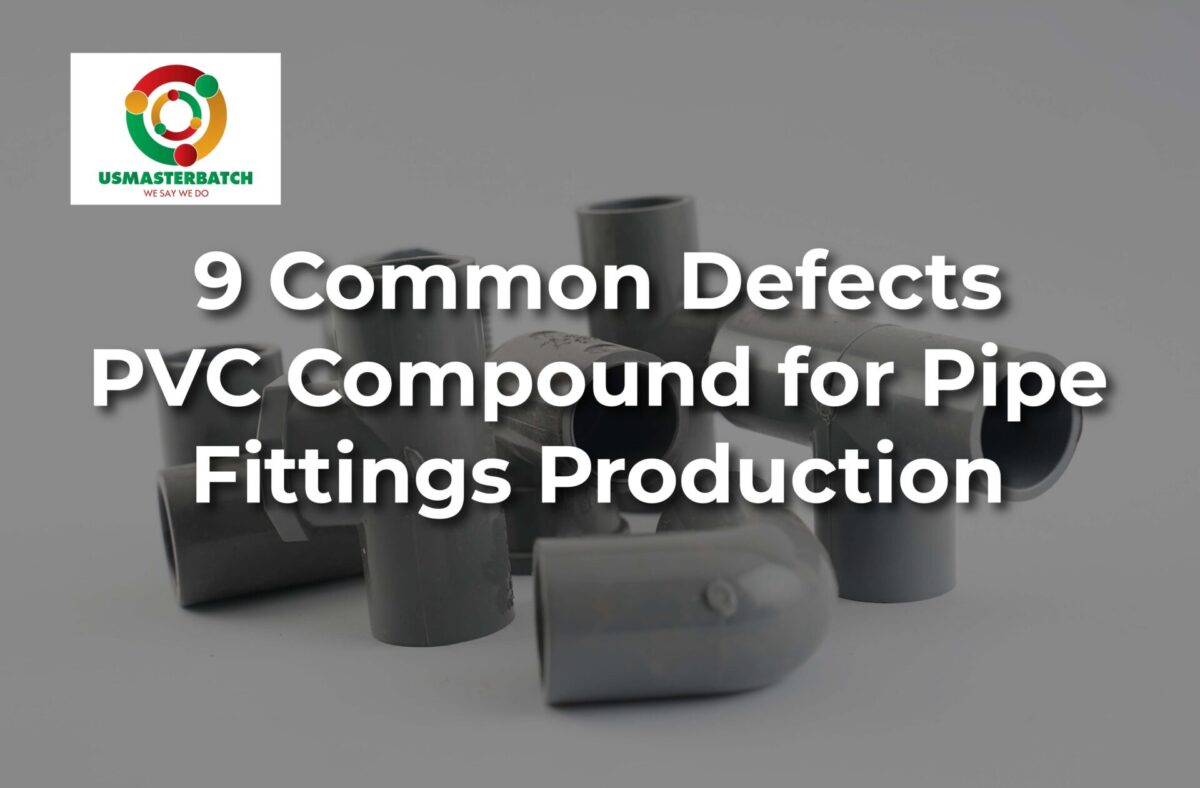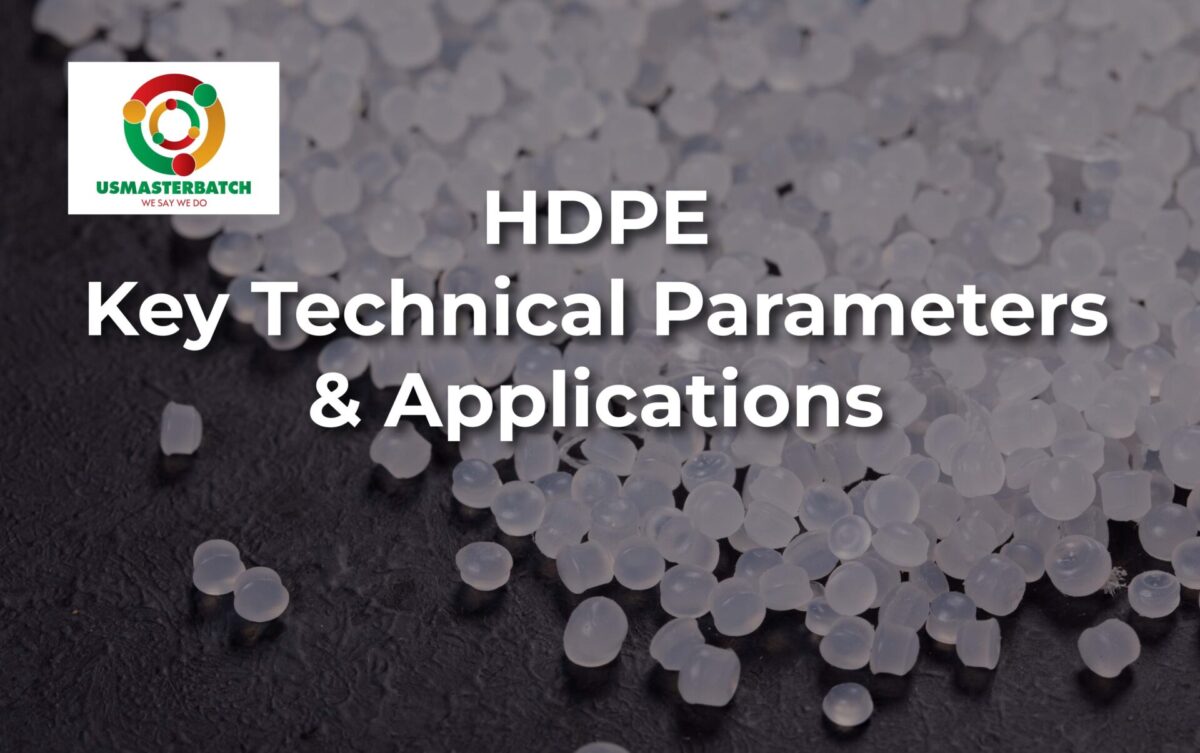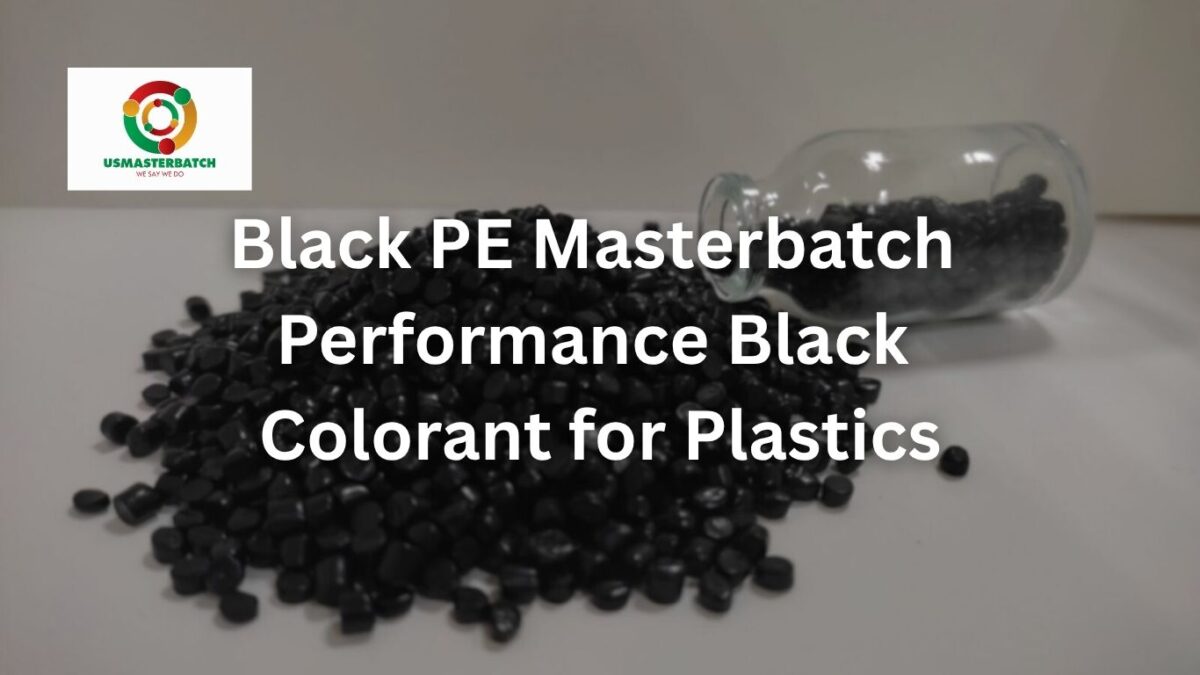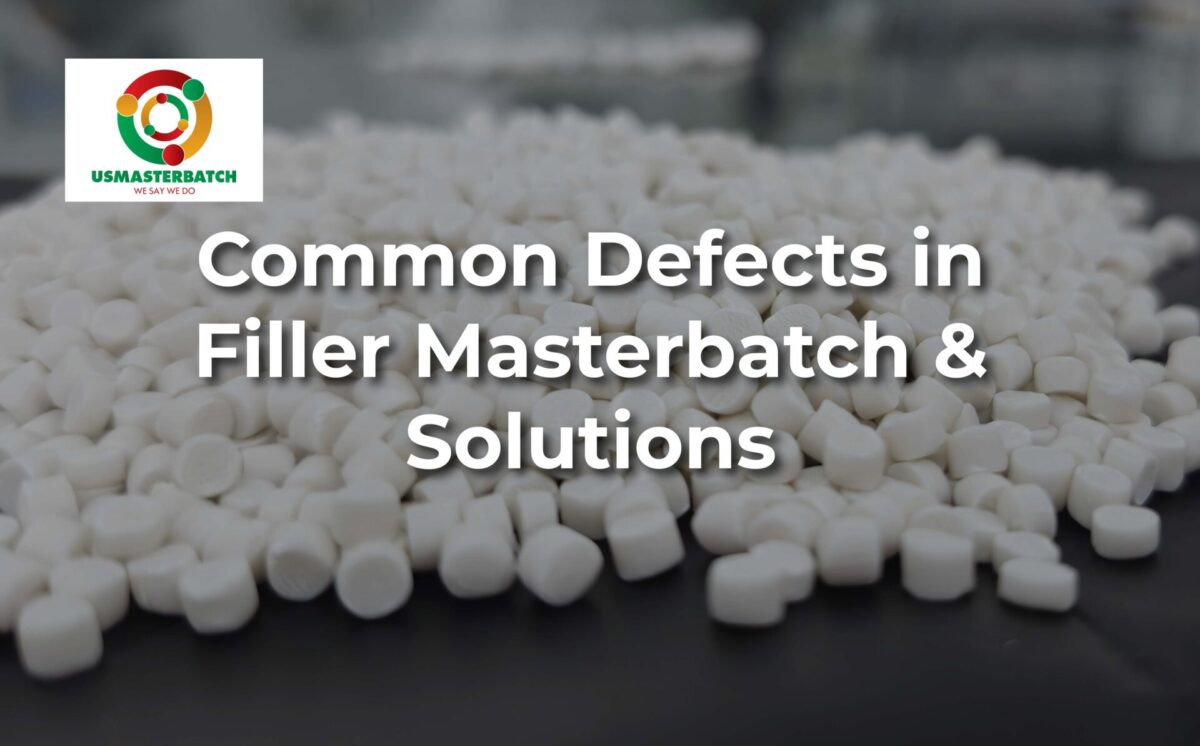
Common Defects in Filler Masterbatch and Solutions
Introduction
Filler Masterbatch is a key material widely used in various plastic manufacturing processes such as PE film blowing, PP woven bag production, injection molding, blow molding, and extrusion. Incorporating Filler Masterbatch not only significantly reduces the consumption of virgin plastics and lowers production costs, but also enhances dimensional stability, hardness, printability, and processing efficiency.
Moreover, it contributes to improved mechanical properties such as stiffness and impact resistance, while supporting sustainable production by allowing higher filler ratios without compromising product quality. With its well-balanced combination of cost-effectiveness and performance, Filler Masterbatch has become indispensable in the production of packaging, plastic bags, PP woven fabrics, household goods, construction materials, and many other industrial applications.
Understanding the common defects and knowing how to solve them is essential for manufacturers to maintain consistent quality, optimize processing conditions, and maximize the overall benefits of Filler Masterbatch in production.
1. Dull or Rough Surface on Finished Products
Possible Causes:
- Excessive dosage of Filler Masterbatch compared to carrier.
- Large particle size of CaCO3 powder
- Bad dispersion of Filler Masterbatch.
- High moisture content in material.
- Improper processing temperature or extrusion speed.
Solutions:
- Reduce filler ratio or adjust the compounding formula.
- Use fine CaCO₃ powder with uniform surface coating (stearic acid).
- Dry materials at 80 – 100°C for 2 – 3 hours before processing.
- Check and optimize processing temperature and screw speed.
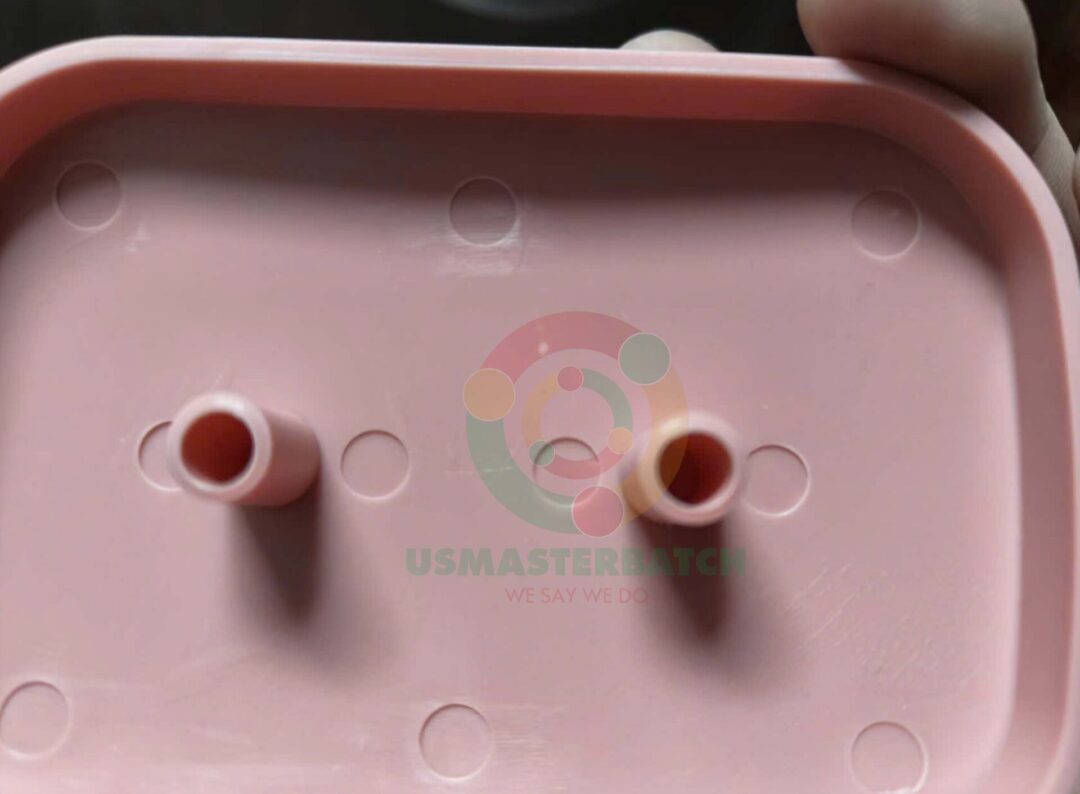
2. Opaque Products
Possible Causes:
- Refractive index difference between filler and base resin.
- Overuse of CaCO₃ beyond acceptable limits.
- Incomplete dispersion during compounding.
Solutions:
- Decrease filler loading to improve transparency.
- Select ultra-fine coated filler with better dispersion.
- Increase mixing speed or extrusion temperature for better distribution.
- Add dispersing agents in the formula if needed.
3. Brittle, Cracked, or Weak Products
Possible Causes:
- Loading too much CaCO₃ Filler Masterbatch reduces resin flexibility.
- Filler Masterbatch incompatible with carrier polymer (PE, PP, PS, etc.).
- Uneven pressure during molding or extrusion.
Solutions:
- Reduce the loading rate of Filler and use Additive Masterbatch (Impact Modifier, Elastomer Compound) to increase toughness.
- Choose a Filler Masterbatch with compatible carrier resin.
- Optimize processing parameters, especially temperature and pressure.
4. Air Bubbles, Voids, or White Spots
Possible Causes:
- High moisture content in filler masterbatch or recycled resin.
- Poor mixing or uneven extrusion.
- Low-quality filler containing impurities.
- Poor filler dispersion.
Solutions:
- Dry all raw materials carefully before production.
- Use Filler Masterbatch with low moisture (<0.06 – 0.07%).
- Add Desiccant Masterbatch to absorb residual moisture.
- Choose a reputable Filler Masterbatch supplier with strict QC procedures and ISO-certified production lines.
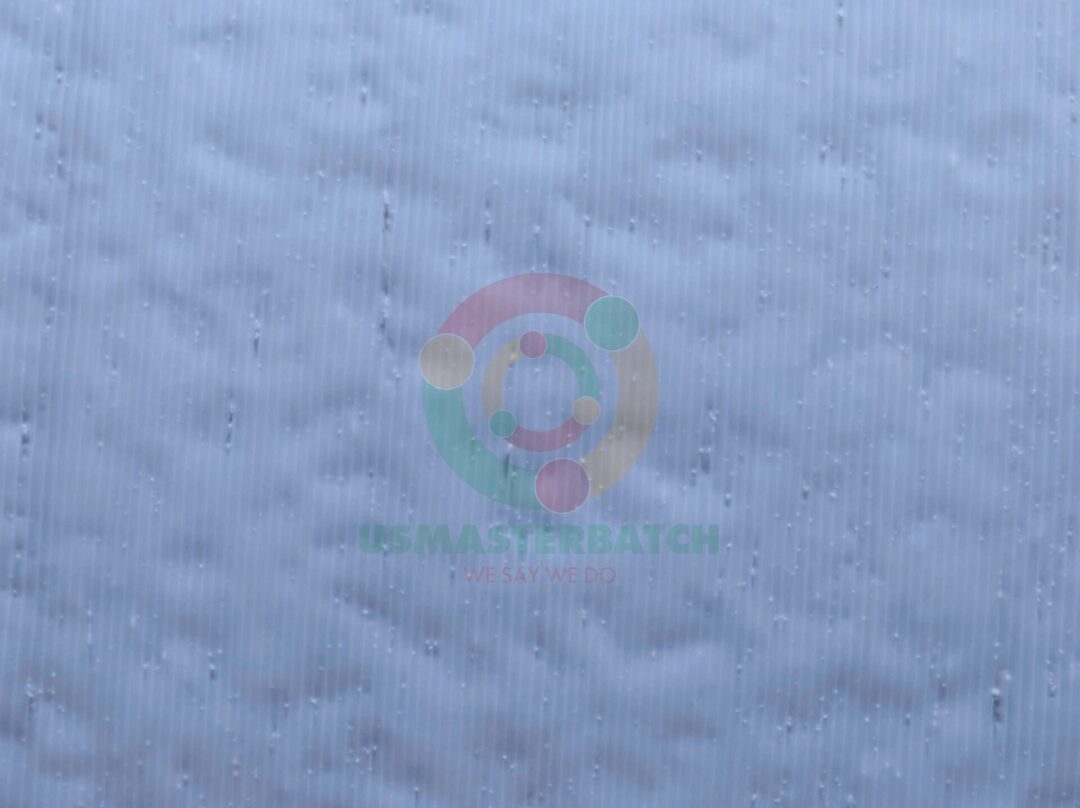
5. Color Inconsistency or Discoloration
Possible Causes:
- Chemical reaction between filler and pigment or additive.
- Uneven dispersion of pigment during mixing.
- Overheating during extrusion causes base resin discoloration.
Solutions:
- Check compatibility between Filler and Color Masterbatch.
- Reduce processing temperature or residence time in the barrel.
- Ensure thorough mixing before extrusion.
Conclusion
Selecting high-quality Filler Masterbatch and maintaining strict control over processing parameters are essential to achieving excellent product performance, mechanical properties, and visual appearance.
US Group – US Masterbatch stands out for its strong reputation, certified quality standards, and advanced technological capabilities. Our state-of-the-art triple-screw extrusion technology, fully integrated moisture control system, and dedicated R&D team ensure each batch of Filler Masterbatch delivers excellent dispersion, low moisture content, and perfect compatibility with a wide range of polymer resins.
With ISO 9001:2015 and BSCI-certified production lines, US Group guarantees consistent quality, innovative solutions, and reliable support for the plastics industry.
Operating with four modern factories covering more than 46,000 square meters, production capacity exceeding 408,000 tons per year, US Group has become one of the leading manufacturers of Masterbatch and Compound in Vietnam.
Combining technological excellence with large-scale production capability, US Group is committed to delivering products that meet the highest global standards and tailored solutions for each customer’s needs.
Contact US Group today for expert consultation and tailor-made solutions to enhance your plastic production efficiency.

